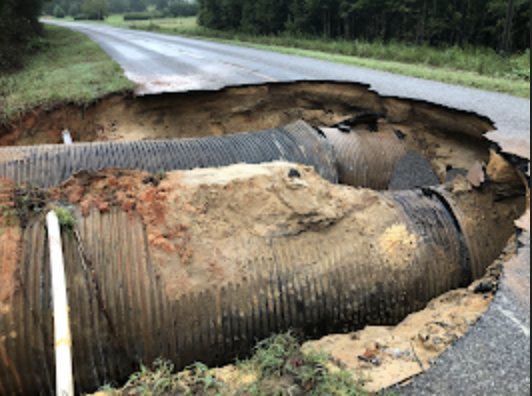Pandemic Training Meeting held at EMA
Published 5:12 pm Monday, March 9, 2009
When a natural disaster or a pandemic hits, are you going to be prepared?
That is what Cyndi Teresezkiewicz is asking residents and representatives of businesses in Crenshaw County.
“We are so overdue (for a preparedness plan),” said Teresezkiewicz, who is the senior environmentalist for Area 10 Emergency Preparedness for the Alabama Department of Public Health.
Other advocators like Teresezkiewicz have worked together to come up with plans for prevention and preparedness.
For most of the natural disasters, like hurricanes, tornadoes, floods and other severe weather, the most obvious thing to do is to make sure you find shelter and/or some kind of evacuation.
Especially with the approaching seasons of most of these disasters is it most important to be prepared for anything.
Teresezkiewicz also said that on the Alabama Department of Public Health website, you can click on a link that gives you more information on how to be more prepared for any disasters.
The basic necessities include nonperishable foods, medical essentials, personal supplies (like tissues, diapers, toilet paper, etc.) and drinking water, which is advised to have at least one gallon per person per day, and store extra for pets.
Other household goods include flashlights, portable radio, batteries, manual can opener, hand sanitizer, paper towels and garbage bags.
In case there is damage in your home or businesses, make sure you have important documentations at hand, or at least make copies in some kind of waterproof packaging.
Not only do people need to look out for natural disasters, but they also need to be cautious of any biological hazards and other pandemics.
“People need to be more updated and aware of cases of the flu…and they definitely need to get their shots early,” said Teresezkiewicz.
There were 1,300 cases of the flu last year.
Developments are still being made in creating and perfecting a vaccine for different types of flu, including the bird flu.
There are still cases of the bird flu, but more commonly in the eastern side of the world than in the United States.
“Humans can catch directly from birds, but there is nothing that says it can be catching from other humans,” said Teresezkiewicz of the avian flu.
In addition to helping families in homes get prepared, there are also plans of bus conversion kits, which help with any bed-ridden patients in hospitals.
The AmbuBus, which is the bus stretcher conversion kit, would include 18 stretchers and IV poles along with six operators and medical support equipment.
Patients with special needs, causalities and others who require non-ambulatory transport are most likely going to be the passengers of the AmbuBus which takes two hours to assemble.
While Teresezkiewicz is trying to get the word out, it is difficult because not many people show up for meetings.
“I’m hoping to at least get to one person in every community,” said Teresezkiewicz.
Educating through meetings with the town and classes, people need to be as informed as possible and need to be more prepared than possible.
With disasters like Katrina opening up eyes, communities need to be aware of any kind of pandemics and have a plan at hand.


